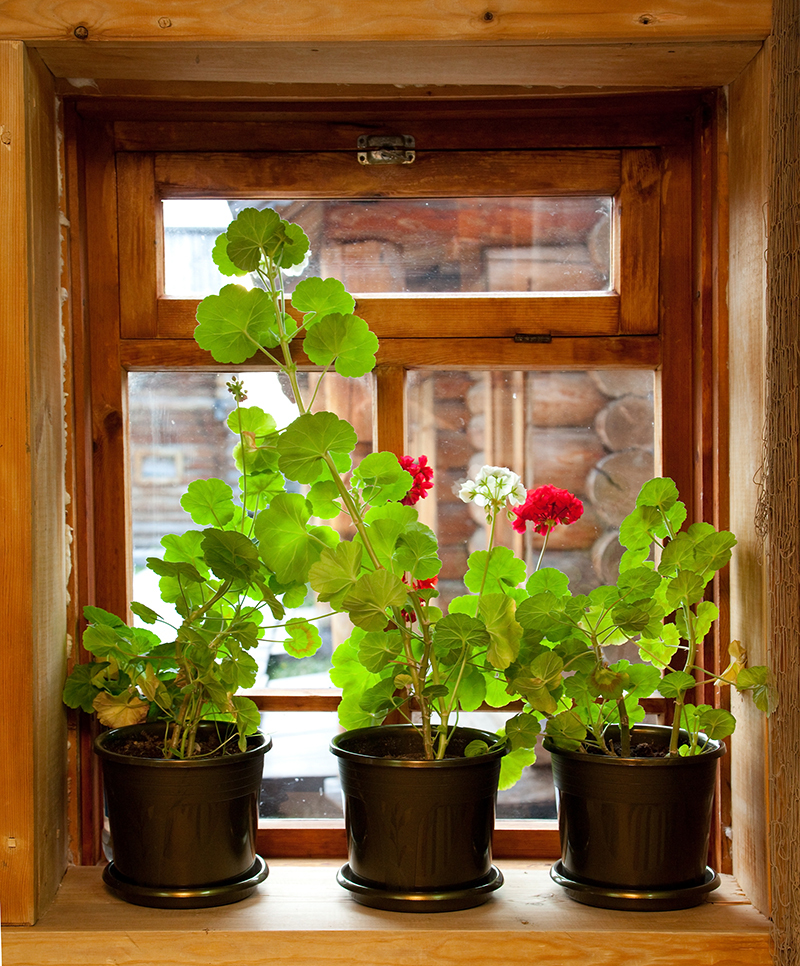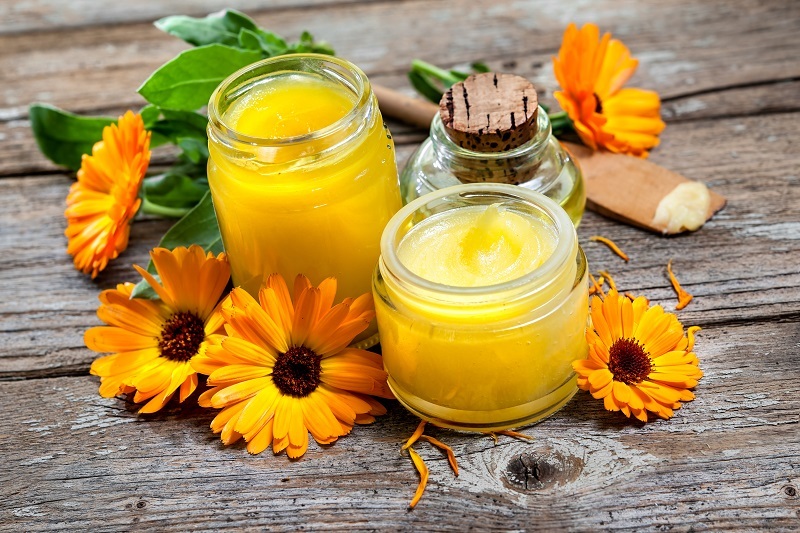Mastering the Art of Poinsettia Care for Longevity
Posted on 03/07/2025
Mastering the Art of Poinsettia Care for Longevity
Poinsettias (Euphorbia pulcherrima) are beloved holiday plants, famous for their bold, festive bracts and deep green foliage. Yet, for many, these vibrant houseplants are fleeting seasonal wonders, admired for just a few weeks before withering away. But what if you could extend the enjoyment of your poinsettias, making them flourish long after the holidays? Whether you're a seasoned plant enthusiast or a beginner, this comprehensive guide unveils all the secrets to mastering the art of poinsettia care for longevity.
Understanding the Poinsettia: More Than a Holiday Plant
Before diving into the mechanics of caring for poinsettias, it's helpful to know what sets them apart. Native to Mexico and Central America, the poinsettia is a perennial shrub that can reach heights of ten feet in its natural habitat. Its showy red, pink, or white "flowers" are actually bracts--modified leaves that surround its small, yellow cyathia (true flowers). Mastery begins with understanding the basic needs of this beautiful plant.
Fun Fact:
- Poinsettia Day is celebrated on December 12th, commemorating Joel Roberts Poinsett, the U.S. diplomat who introduced the plant to North America in 1828.

The Pillars of Poinsettia Longevity
To achieve lasting beauty, focus on five essential elements for optimal poinsettia health:
- Right Light Conditions
- Proper Watering Techniques
- Ideal Temperature and Humidity
- Soil and Fertilization
- Pest and Disease Management
Lighting: Shedding Light on Healthy Poinsettias
Poinsettias require abundant, indirect sunlight to thrive. Direct sunlight can scorch their bracts, while insufficient light leads to leaf drop and poor color development. Place your poinsettia plant near a bright window but out of harsh afternoon rays.
Tips for Lighting Success:
- Six hours of indirect sunlight per day is ideal for keeping your poinsettia vibrant.
- Rotate the plant weekly to ensure even growth and color.
- Avoid placing your holiday poinsettia near drafty windows or in dark corners.
Water: Hydrating Your Poinsettia Properly
Many poinsettia fatalities result from incorrect watering. Both overwatering and underwatering can quickly kill a plant. Here's how you can master watering for poinsettia longevity:
- Allow the top inch of soil to dry out before rewatering.
- Empty trays and decorative wrappers after watering to prevent soggy roots, which encourage root rot.
- Use room-temperature water to avoid shocking the roots.
- Reduce watering in the dormant period (late winter to early spring).
Watering Mistake Alert!
Avoid letting your poinsettia stand in water--root rot is irreversible and can shorten your plant's lifespan dramatically.
Temperature and Humidity: Creating the Perfect Environment
Poinsettias are tropical plants and thrive best in temperatures between 65?F and 75?F (18?C to 24?C) during the day, with nighttime temperatures not dropping below 60?F (15?C). Avoid exposing your plant to frosty windowsills, drafts, or sudden changes in temperature.
Poinsettia Humidity Requirements:
- 40%-60% humidity is ideal for healthy bracts and leaves.
- If your home is dry (common in winter), use a humidity tray or a small humidifier nearby.
- Misting the leaves can help, but make sure the plant has good air movement to prevent fungal issues.
Soil and Fertilization: Feeding for Longevity
Use a well-draining, peat-based potting mix for your poinsettia. Fertilize only after the holiday bloom period when new growth appears, as excessive feeding during bloom can cause leaf drop.
Soil & Fertilizer Tips:
- Repot with fresh soil if your plant roots become crowded or water drains slowly.
- Apply a balanced, all-purpose liquid fertilizer every 4-6 weeks from spring through early fall.
- Avoid fertilizing when the plant is dormant or in full bloom.
Pest and Disease Prevention
Poinsettias are relatively resilient, but they can attract pests like aphids, whiteflies, and spider mites--especially indoors. Diseases such as root rot and powdery mildew may also occur if care routines falter.
How to Prevent Problems:
- Inspect leaves weekly for pests or discolored spots.
- Remove damaged or diseased leaves promptly.
- If you notice pests, wipe leaves gently with soapy water or use an organic insecticidal spray.
- Always use sterilized tools when pruning or handling your plant.
Seasonal Care: What to Do Throughout the Year
To truly master long-term poinsettia care, you must adapt your care routines to the plant's seasonal life cycle. Here's an annual plan that will help you keep your plant healthy and even re-bloom next winter!
Winter (December-February):
- Display your poinsettia in a prominent, warm location with ample light.
- Water when needed and remove faded bracts as they appear.
- Avoid fertilizing during this period.
Spring (March-May):
- Once the colorful bracts fade, prune back the stems to 4-6 inches tall.
- Maintain regular watering, allowing the soil to dry out slightly more between sessions.
- Begin light feeding with balanced fertilizer.
Summer (June-September):
- If possible, move your poinsettia outdoors to a shady, protected spot--acclimate it gradually.
- Pinch back growing tips to encourage bushy growth.
- Continue routine feeding and watering.
Fall (October-November):
- This is the key to re-blooming! Starting in late September or early October, give the plant 14-16 hours of complete darkness each night for 8-10 weeks. Place in a dark closet or cover with a box, then provide bright indirect light during the day.
- Maintain moderate, even temperatures and avoid drafts.
How to Encourage Re-blooming
Poinsettias are "short-day" plants; they require extended periods of darkness to set bracts and flowers. Follow these steps to force blooms next season:
- In late September, begin giving your plant 14-16 hours of complete darkness every night.
- During the day, place the plant in a sunny window as usual.
- Continue the routine for at least 8 weeks, until bright, colored bracts appear.
- Resume regular care once bracts begin to show their color.
With patience and persistence, you'll enjoy a lush, blooming poinsettia for another festive season!
Common Problems and Solutions
Yellow or Dropping Leaves
- Usually caused by temperature shocks, poor lighting, or overwatering.
- Ensure consistent environmental conditions and check soil moisture before watering.
Wilting or Soft Stems
- Most often, root rot from excess water is to blame. Allow soil to drain thoroughly and never leave the pot in standing water.
No Flower or Bract Color in Winter
- This indicates the plant did not receive enough darkness during fall. Follow the re-blooming instructions for next year.
Repotting Your Poinsettia for Longevity
Over time, your poinsettia houseplant may become root-bound or outgrow its pot. Repot in late spring or summer for optimal results:
- Choose a container one size larger with good drainage holes.
- Use fresh, slightly acidic potting mix (pH 5.5-6.5).
- Handle the root ball gently to minimize damage.
- Water thoroughly after repotting and avoid direct sun for a few days.

Frequently Asked Questions
Are Poinsettias Toxic to Pets?
Poinsettias have a mild toxicity for cats and dogs, usually causing mild mouth or stomach irritation if ingested. Serious issues are rare, but place plants out of pets' reach.
Can I Plant Poinsettias Outdoors?
If you live in USDA zones 9-11, you can plant your poinsettia outdoors, where it may grow into a stunning, large shrub!
How Long Can a Poinsettia Live?
With proper care, your poinsettia plant may live--and re-bloom--for 5 to 10 years or more, defying its reputation as a disposable holiday decoration.
Conclusion: Become a Poinsettia Care Expert!
Mastering the art of poinsettia care for longevity is a rewarding endeavor--one that brings life and beauty to your home year-round. By providing optimal lighting, careful watering, appropriate feeding, and seasonal routines, you'll enjoy a flourishing, colorful plant for many holidays to come. The cycle of re-blooming and growth is an exciting challenge, offering a sense of achievement that goes far beyond the holiday season.
Ready to embark on your journey? Apply these expert tips and transform your poinsettia from a fleeting decoration into a treasured, year-round companion.







